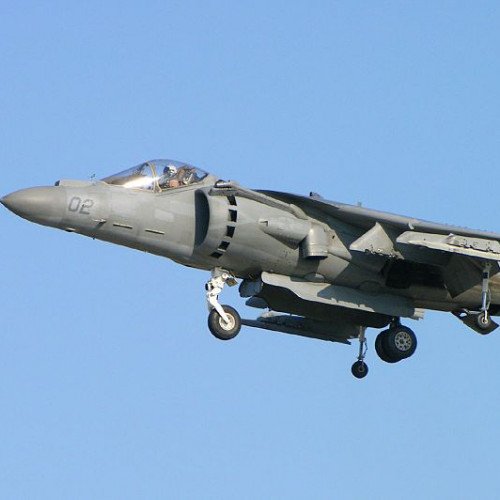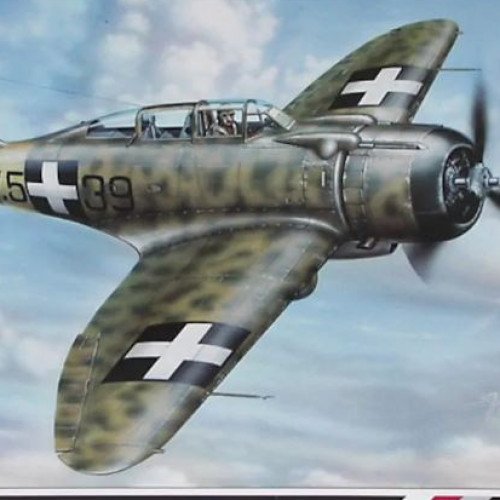McDonnell Douglas AV-8B Harrier II vs MÁVAG Héja

McDonnell Douglas AV-8B Harrier II
The McDonnell Douglas (now Boeing) AV-8B Harrier II is a single-engine ground-attack aircraft that constitutes the second generation of the Harrier Jump Jet family. Capable of vertical or short takeoff and landing (V/STOL), the aircraft was designed in the late 1970s as an Anglo-American development of the British Hawker Siddeley Harrier, the first operational V/STOL aircraft. The aircraft is primarily employed on light attack or multi-role missions, ranging from close air support of ground troops to armed reconnaissance. The AV-8B is used by the United States Marine Corps (USMC), the Spanish Navy, and the Italian Navy. A variant of the AV-8B, the British Aerospace Harrier II, was developed for the British military, while another, the TAV-8B, is a dedicated two-seat trainer.
Statistics for this Xoptio

MÁVAG Héja
The MÁVAG Héja ("Hawk") was a Hungarian fighter aircraft based on the Italian Reggiane Re.2000. The 70 Reggiane Re2000s delivered from Italy were modified with Hungarian equipment and fitted with Hungarian-built Manfred Weiss WM K-14 engines. The Héja was re-designed for Hungarian manufacture as the Héja II and a further 203 were built by MÁVAG for the Magyar Királyi Honvéd Légierő (Royal Hungarian Air Force), which used them in operations against the Soviet Union alongside German units.